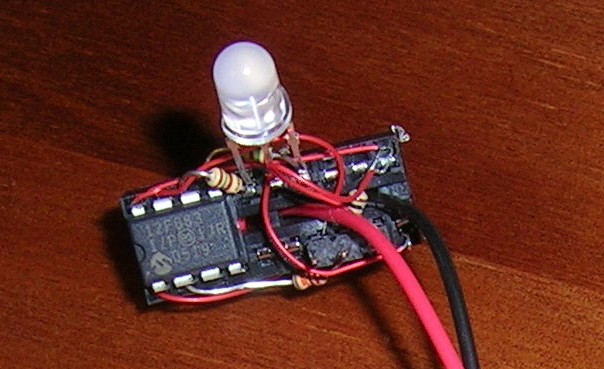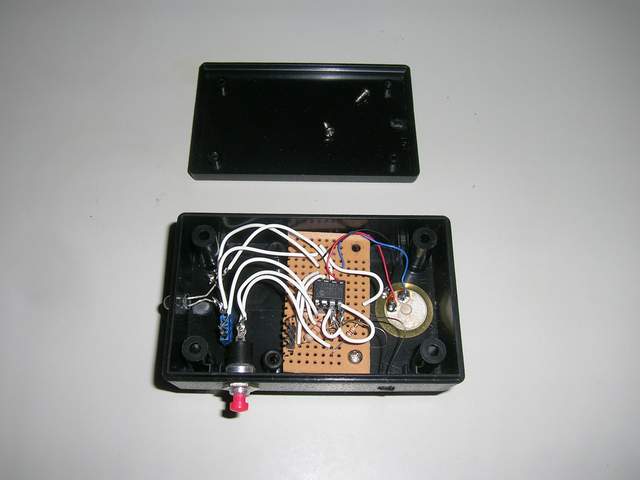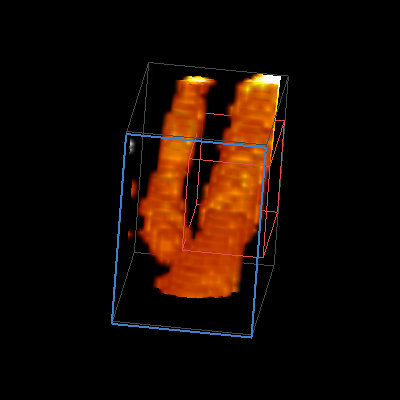Software is interesting because it is a unique sequence of instructions
that tells fixed hardware to do captivating things. After all, we
humans have pretty common standard hardware, but the variation in
our software makes things interesting. Software is never finished
since there is always a better, more efficient way to accomplish
the task at hand. Fortunately, as processing power becomes faster
and cheaper, everything starts to benefit from a software solution...
regardless of whether it was needed in the first place!
The Picaxe
is a neat little microcontroller that is a PIC
programmed with a bootloader and BASIC interpreter. A simple
(but clever) PC-based development environment allows you to
write programs in a PBASIC-like language, and then download
them to nonvolatile memory on the chip for execution. |
|
 |
 |
|
For hardware people who have been programming microcontrollers
for years, this might not seem like a big deal, but for software-oriented
people and newbies, it’s an incredible device that offers
a quick start into microcontroller projects with almost no learning
curve. Traditional hardware based projects can be put quickly
into software without getting bogged down in assembly code,
development tools, libraries, linkers, and the like. The language
and tools are limited, but very well designed. And at $3.00
each, it runs circles around other embedded microcontroller
options like the basic
stamp. A low-end PICAXE-08M has 5 I/O lines, is capable
of 8 bit A/D conversion and has D/A output via PWM. Power consumption
is measured in nanowatts! These inexpensive chips have somewhat
limited memory (hundreds thousands of instructions) and barely execute
sub-millisecond instructions, so don’t expect to build
an RF spectrum analyzer. But for simple logic signal tasks,
this device is perfect. Revolution
education offers a very nice free IDE for programming and
downloading code for the chip complete with simulation mode.
This means that you can go from having a handful of parts to
a fully assembled device (whatever it may be) extremely rapidly.
|
Although the manufacturer
is in the UK, the chip can be purchase in the US from Peter
Anderson who has an excellent site describing the capabilities
and some projects he created using the chip for educational purposes.
Unfortunately, I have
little time for electronics projects these days. But I couldn’t
pass up the opportunity to buy a few of these and put them
to work as programmable toys which light up, make music, and
respond to switches. As a toy, I put a few switches, a white
LED, and a piezo speaker in a project box with a 3 pin header
that allows reprogramming as desired. Tied together with a
half an hour's worth of code, and its something very entertaining
and educational. The devices use such little power, that I
don’t even have an on/off switch. Instead, when in “off”
mode the devices goes into power-saving sleep and just has
a “heartbeat” light which smoothly flashes about
once every thirty seconds.
Take look at the picaxe projects at the top of this page
for details. Although some of the projects are limited right
now to flashing lights and sounds, there is some real-world
control (e.g. a mini-robot) and who knows what the next project
may bring... |
|
 |
|

